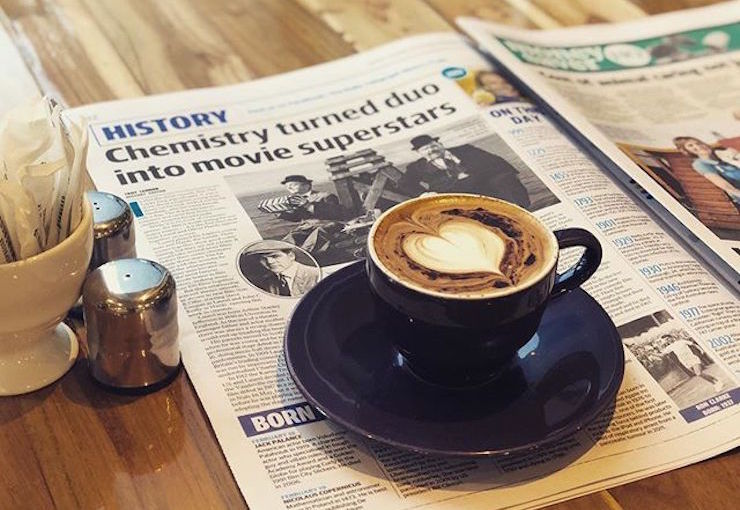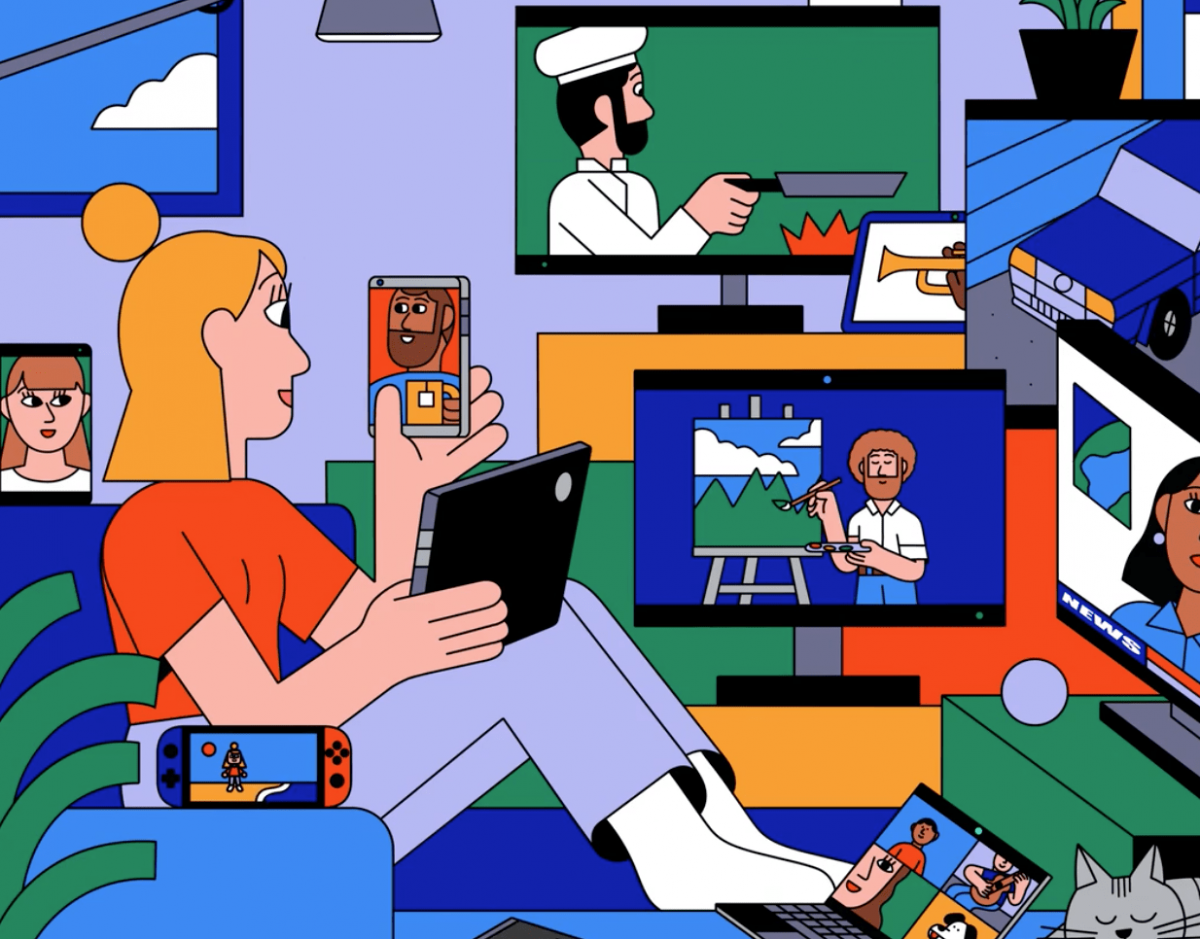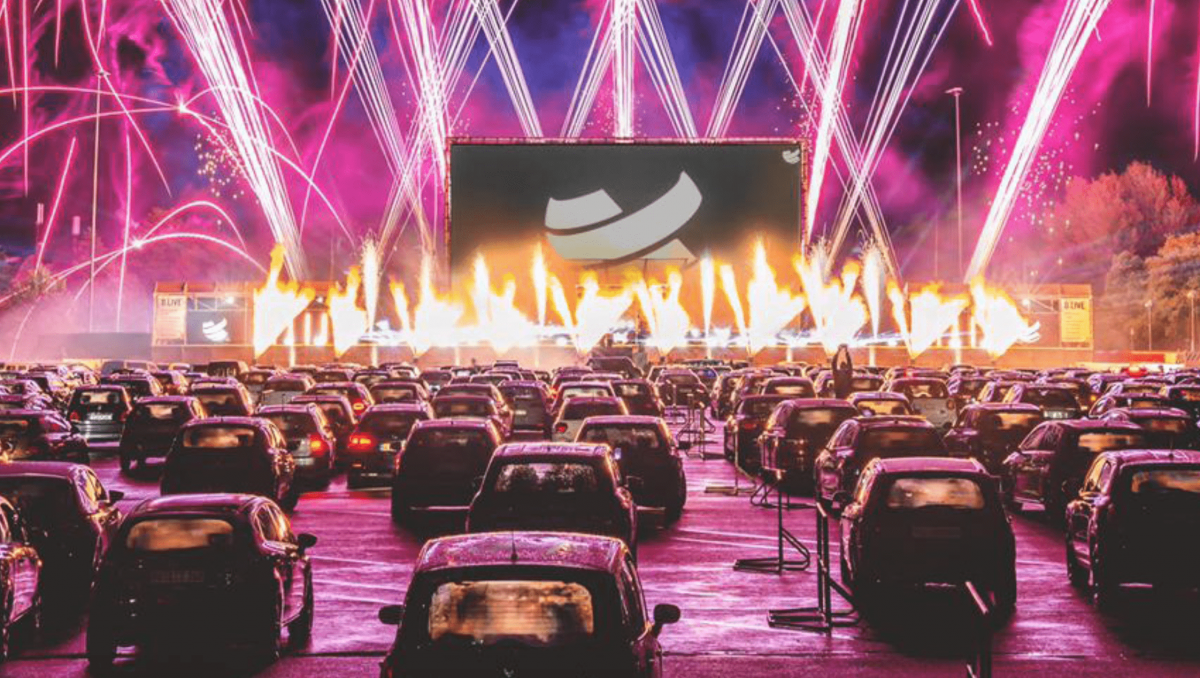As people struggled to stay entertained and informed while in lockdown, their media consumption exploded – and that’s not just for popular streaming services like Netflix and Hulu, but also for magazines and newspapers.
In fact, publishers have not only attracted more readers during the pandemic, they’ve also seen subscriptions boom. Bloomberg Media witnessed record subscriber numbers, with the average daily subscriber count being three times higher than usual. The New York Times subscription revenue rose 5.4% during three months in 2020, gaining a record 600,000 new digital subscribers. Major UK publisher Dennis Publishing recently reported that subscription rates across all its titles have grown by 9%. Similarly, Condé Nast has seen new subscribers in the US double, with subscription orders for UK titles up 420% compared with the same period in 2019.
As publishers contend with diminishing ad revenues, customer acquisition becomes even more vital to success. A bigger challenge is ensuring customer retention. That these new customers stick around once the world returns to some form of normality and stability, and people leave their screens behind, emerging blinking into the daylight. And, of course, this is already starting to happen in many parts of the world.
The value of subscription retention is clear, particularly when you consider that it’s four to five times cheaper to keep existing subscribers than acquiring new ones, according to research from the Financial Times.
There are several common tactics used to increase retention. New product development, pricing strategies, newsletters, events, apps and perks to name a few. These are designed to do one thing: develop a relationship between a media brand and its customers. But in the rush to attract and then lock in subscribers, those titles that look beyond traditional publishing strategies and innovate to boost reader engagement and strengthen relationships will be the winners.
For example, the idea of community is an overlooked aspect of driving customer retention. A subscription to a magazine is a part of someone’s self-identity. Building a community of fans around this self-identity is the key to increasing loyalty and love.
Look at the support sports teams like The Chicago Bulls and Manchester United have built. Players and coaches come and go, but love for these organisations will never fade as they are at the centre of a community.
So, how can publishing brands create a community of fans? The key is driving human connection under the banner of the brand; essentially, to step off the page and into people’s lives. Taking a look outside publishing can provide key inspiration as to how to achieve this.
Some of the most successful brands in other categories have built an almost cult-like following by bringing together like-minded people under a set of shared values. Several have used this principle to drive loyalty.
Take Vans, for instance. It has built a mainstream following, but its core fans have always been in the skating and snowboarding community. To prove its support and dedication to this group, Vans has built enormous skateparks in a number of cities worldwide, coupled with annual extreme sports and music events – demonstrating it’s more than a company; it’s a way of life.
Meanwhile, in the drinks sector, BrewDog has grown one of the most engaged communities of any beer brand. From Chain Gang cycling groups and a crowdfunded hotel, to creating a TV network and selling company shares in their pubs, BrewDog has led the way in terms of customer engagement and loyalty by focusing on consumer passion points and bold creative branding.
Customer Retention Through Purpose
Right now, purpose has never been more powerful. By learning from other brands, this can provide a key way for publishers to galvanise their audiences.
For example, politics is a part of the outdoor clothing brand Patagonia’s identity. It was one of the pioneers of the Stop Funding Hate movement, which boycotts advertising on Facebook, as well as creating a text petition for Americans to lobby the government to remove all climate deniers from office. This willingness to stand up for what it believes in alienates some but fosters deep devotion from others.
From its support of Colin Kaepernick to its Running Clubs, despite being a global sports brand, Nike has always put itself at the center of its community. For example, in 2015, it collaborated with fashion brand Pigalle on the stunning renovation of a basketball court in the heart of Paris, showing its commitment to athletes in deprived communities.
The most successful brands in the world create environments for communities to form around them, with activations and experiences playing a key role in their strategies. To boost retention, publishers should take inspiration from them and create mechanics in their marketing to bring like-minded people together under a set of shared values. It’s an opportunity to create cut through by taking the brand off of the page or the screen and into the real world.
A good example is The Texas Tribune’s tiered approach, which treats every reader who pledges ongoing support as a member, each enjoying key benefits. First-tier members gain access to behind-the-scenes insights, including Q&As with reporters, together with discounted rates and priority status at its annual festival. Those making higher donations receive invitations to exclusive experiences where they can rub shoulders with political insiders and other influential figures, as well as network with fellow community members and industry colleagues. They even get discounted rates for the Tribune’s event space.
When taking this approach, three factors are key to success: Be different – the best marketing is distinctive and genuine; be agile – keep up with and, if possible, anticipate your audience’s next move; be committed – building a loyal fan base doesn’t happen overnight.
If publishers follow these rules consistently as part of an ongoing engagement strategy, while continuing to learn from the innovative and creative approaches of other brands, their loyal audience community will start to grow. Customer retention will happen naturally, and they will not only retain subscribers, but also capture more, helping overcome falling advertising revenues and driving future success.
Hayley James is Vice President at global brand experience agency Sense New York.
This article first appeared in What’s New In Publishing.




